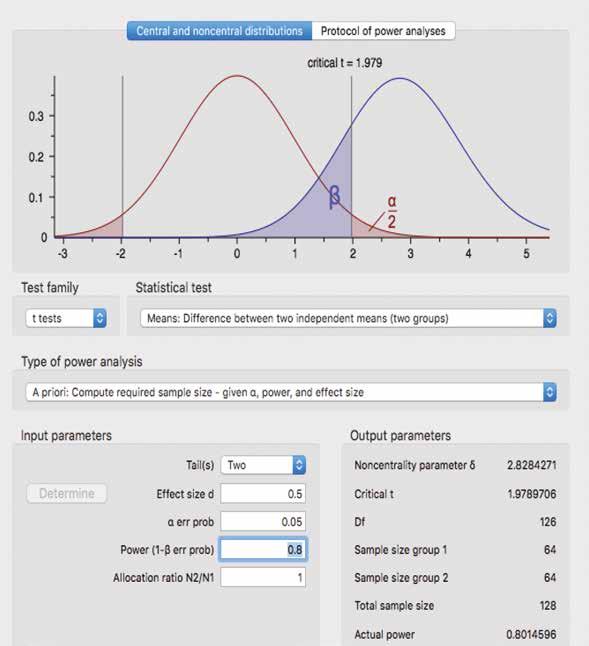
4 minute read
2.1.3 Sampling and procedures
from An Evaluation Study on Be-with Bereavement Support Service for Newly Bereaved Persons in Hong Kong
mentally and psychologically unfit to participate in the study (e.g., those who were actively disturbed by mental health issues; those who were too emotionally unstable to discuss post-death/funeral issues) were excluded due to ethical concerns.
Eligible participants in the comparison group were bereaved persons who did not receive the Bewith service or other similar funeral support services while handling funeral arrangements and postdeath matters. Specifically, inclusion criteria of the comparison group were: (a) being the key family member or friend who handled the funeral of the deceased, (b) having experienced the death of a family member or a friend 3 to 30 months ago, (c) being able to read Chinese (for those who completed the questionnaire by themselves) or to communicate in Cantonese (for those who completed the questionnaire through being interviewed by a research assistant), and (d) having finished the entire funeral process. The exclusion criterion included service recipients of other funeral support services similar to the Be-with service.
Advertisement
2.1.3 Sampling and procedures
According to the research objectives and design, t-test analysis was used. As shown in Figure 1, by using t-test analysis, rounding up to two decimal places, we see that a sample size of 64 is required to detect an effect of 0.50 with the power of 0.80. Hence, we proposed this sample size for the intervention and comparison groups respectively.

Figure 1. Sample size justification
According to the different characteristics of the intervention and comparison groups, two different sampling strategies were adopted to collect the sample.
For the intervention group, who were bereaved recipients of the Be-with service, we used the systematic sampling method to select participants from the list of 200 cases provided by the workers of the Be-with service. By definition, systematic sampling is a type of probability sampling method in which the researcher chooses elements from a target population by selecting a random starting point and selects sample members after a fixed “sampling interval” (Rubin & Babbie, 1997). Considering the characteristics of the Be-with service, the systematic sampling method is efficient and convenient for the researchers to create, conduct, and analyze samples, and therefore serves to represent bereaved service recipients in a faster and simpler manner. Specifically, the research team first assumed a sample size of 64 bereaved service recipients and a relatively high response rate of 80%. In order to reach that sample size of 64, the research team needed to invite 80 participants to complete the questionnaire, and thus the sample interval should be two, which is the result of the division of 200 (N = size of the population) and 80 (N = size of the sample). After that, the research team randomly selected a case as the starting point, by using the random sampling function in Excel, and then kept adding the sample interval to the random number until a sample was built systematically.
As shown in Figure 2, during the data collection, the research team conducted four recruitment rounds to reach the proposed sample size. In total, 120 eligible bereaved service recipients were invited to join the study; 56 refused to participate in the survey, making a total of 64 bereaved service recipients allocated to the intervention group. According to the responses of the bereaved service recipients, the reasons for refusal are: (1) failure to reach the service recipients, such as not being in Hong Kong or having changed the phone number (80.56%); (2) having joined the qualitative study (6.94%); (3) unwillingness to participate in the research (4.17%); (4) forgetting the details of the service (2.78%); (5) withdrawing for personal reasons, such as physical illness or emotional burden (1.39%); (6) having passed away (1.39%); (7) being under 18 years old (1.39%), and (8) unknown reasons (1.39%).

For the comparison group, the bereaved persons who did not receive the Be-with service or other similar funeral support service, we used the convenience sampling method to openly recruit participants. By definition, convenience sampling (also known as opportunity sampling) is a type of non-probability sampling that involves the sample being drawn from that part of the population that is close to hand (Rubin & Babbie, 1997). Considering the characteristics of bereaved non-service recipients, the convenience sampling method is the most useful for the current study. The research team conducted two recruitment rounds to reach the proposed sample size. The team first openly recruited the participants of the comparison group outside the Kowloon Cemeteries and Crematoria Office. While the potential participants were going to handle post-death matters in the office, the research team introduced the current study and thus invited them to participate. Fifty participants were recruited during the first recruitment round. The research team recruited the remaining participants through a referral from TWGHs. The second recruitment round was facilitated by the volunteers of bereavement


